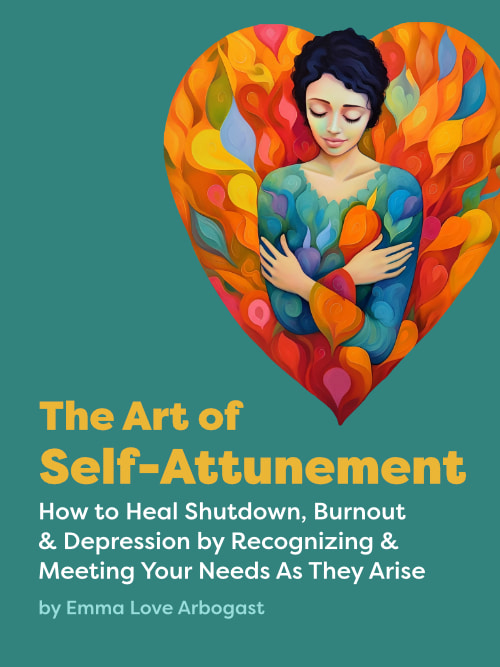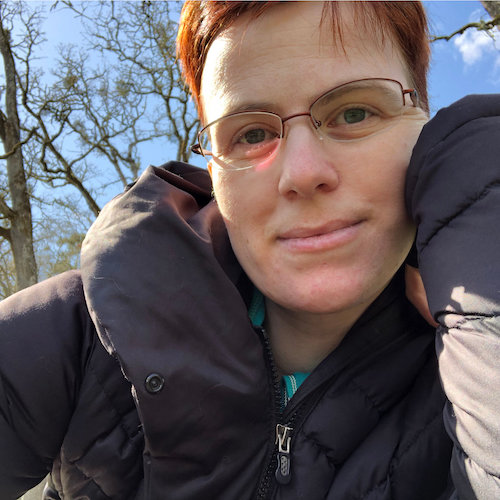- If you do that naturally, and it works for you, then you are either secure or AP. If you are secure, you like to do it, but don’t need to do it. If you are AP, you can’t truly calm down any other way.
- If you wish you could do it, and long desperately for a person you could somehow trust enough to do it with, but in reality, you don’t do it very often, and try to handle all your upset yourself without anyone knowing, except sometimes when you can’t and have a meltdown, then you’re likely FA.
- If you feel blank or confused and maybe even a bit disgusted about why anyone would ever do this, you are DA.
2. What kind of person do you seek and which type of person do you tend to end up with? (This isn’t as reliable of a question as people do end up in all kinds of relationships).
- If you can’t stand to be alone, and seek a strong, protective person who can take care of you, but tend to end up with avoidant types, you are AP.
- If you don’t really seek anyone and end up alone for long periods and are fine, or end up in relationships that you just kind of agree to be in but didn’t pursue it yourself, or you seek someone who isn’t going to invade your privacy or demand too much of you, but somehow end up with clingy and needy people anyway, you are DA.
- If you seek someone who will see past your brokenness, but also feels kind of broken themselves so you don’t feel inadequate, someone who is not going to have power over you you because they have a lot of their own problems, and kind of feel like a child in an adult’s body, just like you do, and then you end up in endless power struggles and codependence with them, or you can’t get past your own triggers enough to even get into a relationship but you desperately want to be in one, you are likely FA.
3. Do you tend to over-assert your needs or under-assert your needs?
- AP is are very clear they need other people to meet their needs, and have a lot of strategies to try to get them met, from being direct, to being charming, to being clingy, to being emotional, to throwing a fit – whatever works. They don’t feel secure that their needs will be met if they just chill the fuck out, so they don’t. AP really has no chill.
- DA is all chill, so chill that they don’t even recognize they have needs and don’t understand why other people are always going on about them.
- FAs are are a hot mess desperately trying to pretend they are chill, until they blow up or melt down or disappear or freak out. They can act like an AP sometimes, or like a DA sometimes, but the overall pattern is instability. They may over-assert certain needs, and be completely oblivious to others, or have a huge amount of shame attached to them and wish that others would just read their mind and meet their needs without having to ask, so they don’t have to feel the shame of having needs.
4. When someone breaks up with you, or doesn’t respond to a text, or you feel worried about the connection, do you activate or deactivate?
- Activation in attachment is when your mind tries to get you closer to someone, no matter what. So it does things like make us forget the impact of what someone did that hurt us, or forget they did it altogether. It tells us all the reasons why the person did the behavior weren’t their fault, and we should feel sorry for them, and ignore our own boundaries. It makes us feel lonely, and longing, and an overwhelming urge to contact them, and a feeling like we can’t possibly manage our emotions without talking to them. It makes us remember all their good qualities and forget all the bad ones. This is the hallmark of AP.
- Deactivation is the opposite. When you feel anxious, your mind starts telling you about all the bad things the person did, how they were never really right for you, that it will never work out, they will never change, and most importantly, you are better off alone. It gives you the urge to run the hell away, and not come back, ever. Ignore, avoid, forget they even existed. This is the hallmark of DA.
- FA does both.
Mistypes are very common:
- Secure people are most likely to mistype themselves as insecure because they can self-reflect and see they do avoid or assert themselves in various relationships, but they actually do that when it is appropriate, not in a self-destructive or dysfunctional or inappropriate way.
- DAs are most likely to mistype themselves as secure, because they don’t think they really need the relationships they are avoiding, and they’re just fine and why can’t everyone else be more like them?
- AP are most likely to mistype themselves as DA or FA because they think their protest behaviors are “pushing people away” but they are really just storming out for attention, or vowing to themselves, “I’m not going to call him for a week!” and then changing their mind after 3 hours.
- FAs can mistype themselves as one of the other insecure types depending on if they have more obvious activating or deactivating strategies.
It helps to understand where the styles come from.
Each person is an individual so these things can all show up a bit differently in each person, but understanding the way attachment develops is really helpful for understanding your style.
- AP was able able to co-regulate with their caregiver, but not consistently, so they have insecurity about the availability of the attachment figure. But other than that, they can co-regulate and generally do OK if the person they are attaching to is relatively secure and stable. Their problem is jumping in to relationships too quickly with people who really can’t meet their needs, and then not being able to let go. So their healing is in learning to self-soothe, so they don’t ditch their boundaries to maintain a relationship, and to pick good people and not the first person who comes along and gives them attention.
- DA was not able to co-regulate with their parent, and experienced their caregiver as invasive or needy or overwhelming. They therefore learned that the only way to be OK was to have strong boundaries and keep others at bay. So they really never developed that ability to co-regulate. And to try to soothe themselves, they repressed their emotions and so are disconnected from them. Their healing is in learning to feel their full range of feelings, and learn how to inter-relate and depend on others and let others depend on them.
- FA was never able to settle on a strategy that worked. Sometimes their caregiver was available for co-regulation, and other times they were scary or dangerous. FAs healing is more involved, as they have both of the downsides of the other two styles, and there is usually CPTSD involved as well. FA has to learn that other people actually can be trustworthy. They have to heal their fight/flight reactions when they get close to people. They also have to learn to self-soothe, to have boundaries, and release their shame and terror around having and asking for their needs to be met. They have to learn to bring their head and heart back together like DAs have to do, and also learn how to take care of themselves like APs have to do.
I hope this helps differentiate the styles. 🙂



